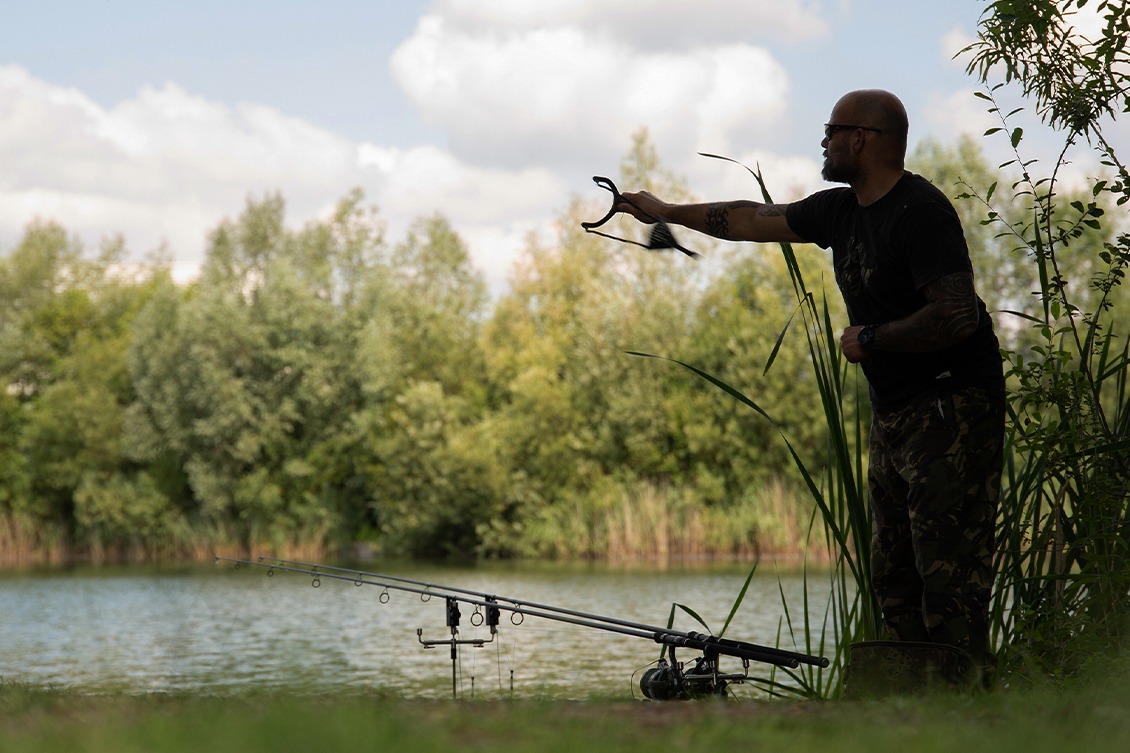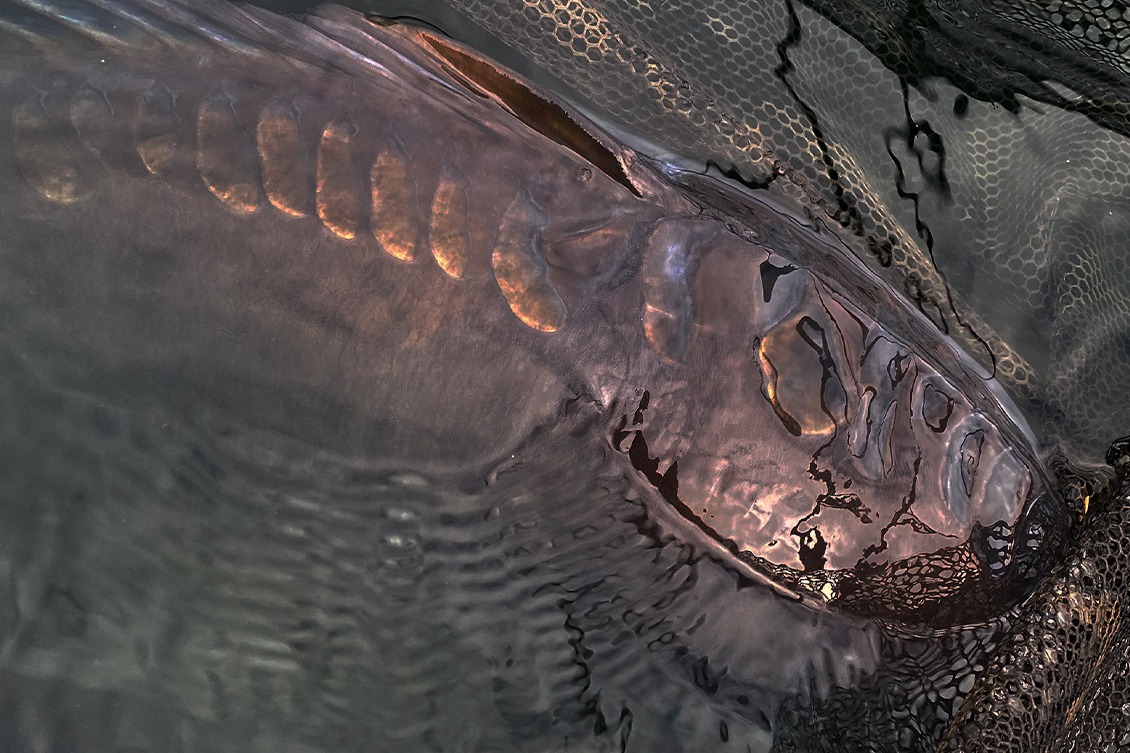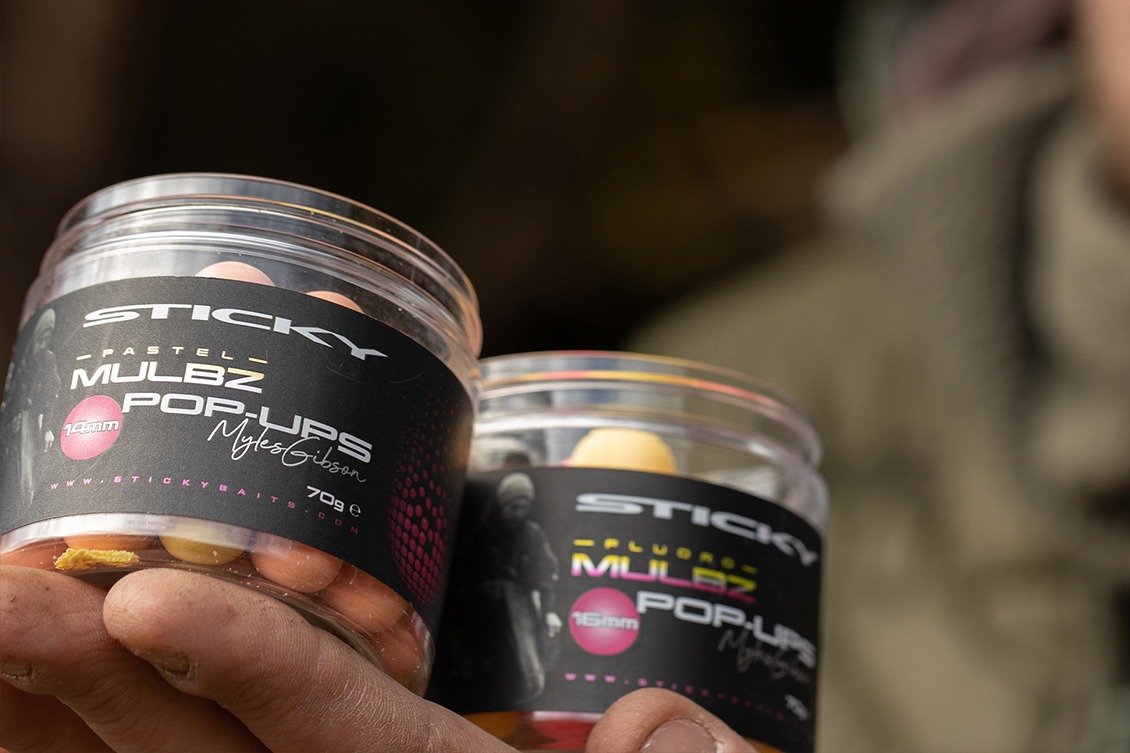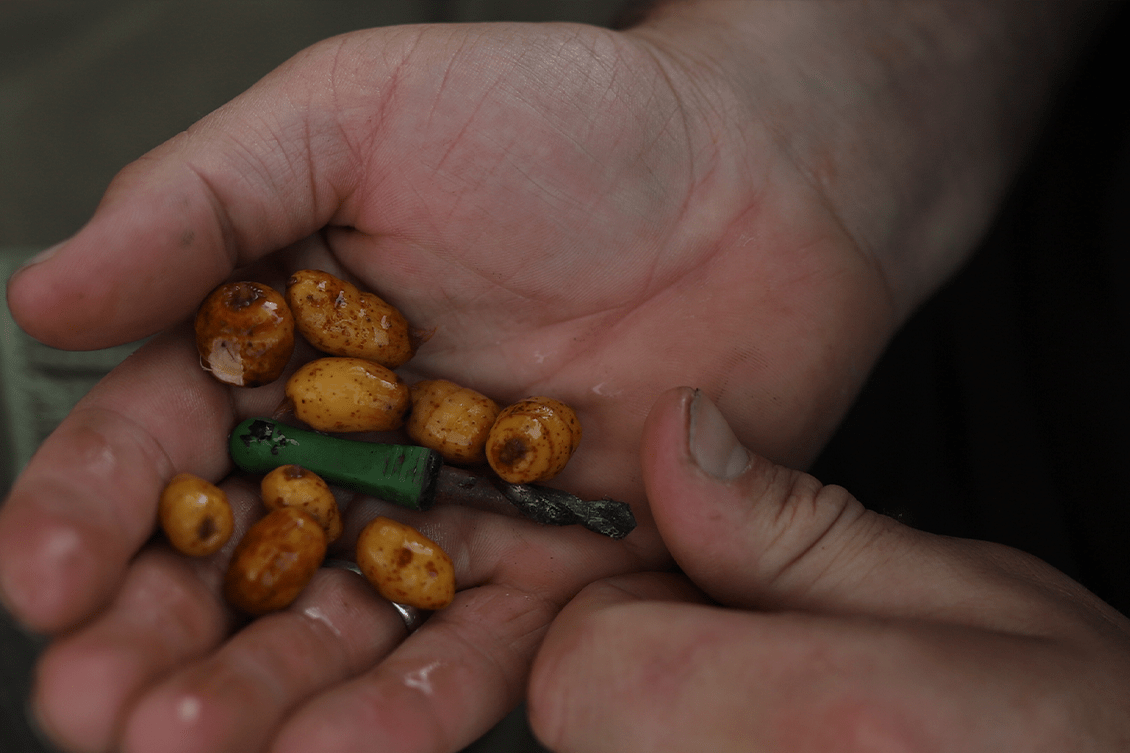
JIM WILSON DISCUSSES THE USE OF SOLID PVA BAGS AND HOW HE USES THEM TO GREAT EFFECT IN THE COLDER MONTHS.
JIM WILSON DISCUSSES THE USE OF SOLID PVA BAGS AND HOW HE USES THEM TO GREAT EFFECT IN THE COLDER MONTHS.
Solid bags are a brilliant method any time of the year, especially in winter and spring, when you’re looking to give the carp just enough to feed on without filling them up. You could consider it in a similar light to single hookbait fishing, as you’re not looking to create a big feeding response with the tactic, you’re just hoping to nick the odd bite.

As obvious as it is, they provide a perfect little parcel of attraction around your hook bait which in my case is usually a bright one. If you make your bags in the correct way, you can cast a hell of a long way and you’ll probably shock yourself when you realise! Afterall, if you pack them super tight, you are almost casting out a streamlined weight, rather than a standard rig with all sorts of air resistance hinderances. No matter if you cast them to the horizon or drop them under a likely looking marginal tree, you are almost guaranteed to be presented.
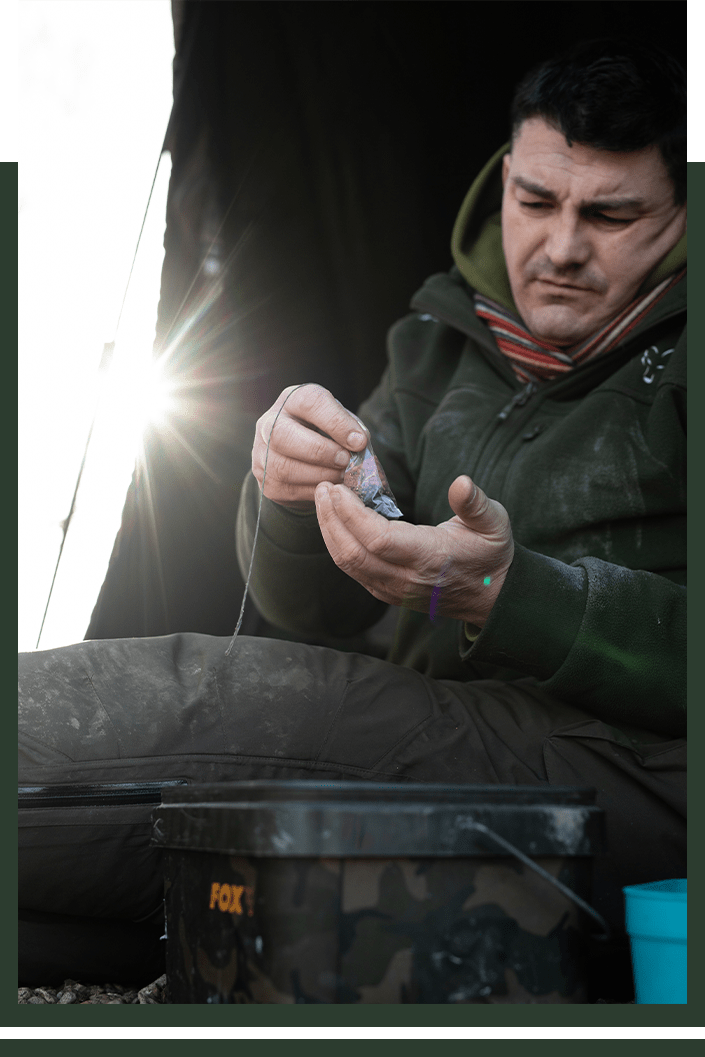
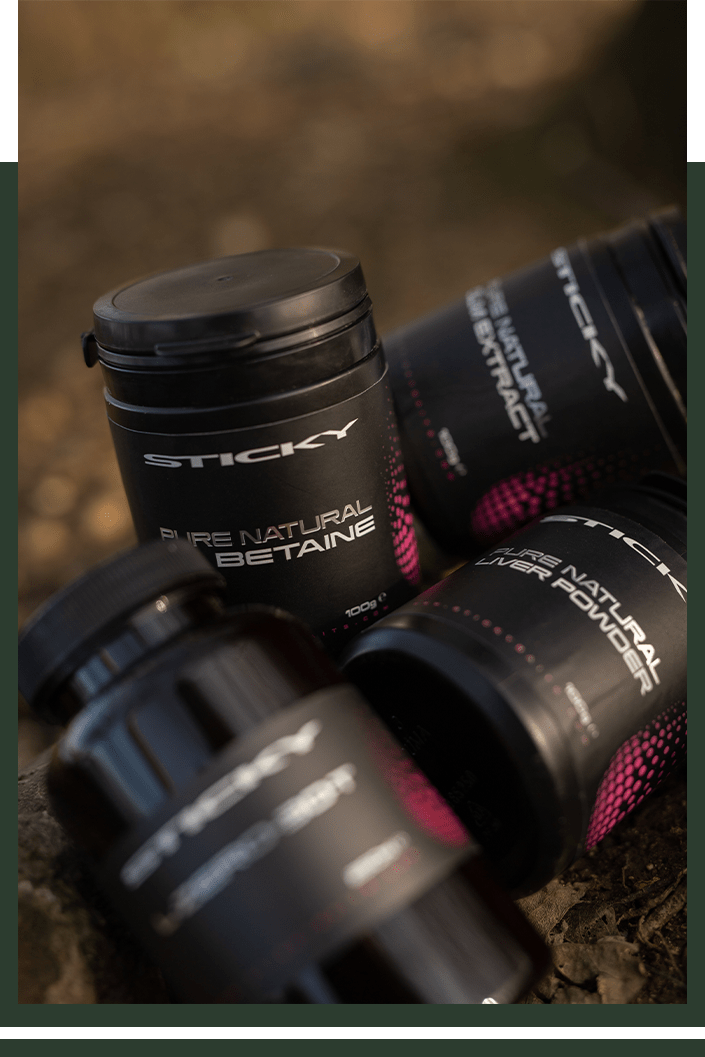
Moving onto the contents of the bag, I pay special attention to what I’m putting in it according to the time of the year. I always look to include the 2.3mm Bloodworm pellets, they’re perfect for solid bags with an incredible breakdown time making them ideal for all year round; that unique red haze is very hard to beat in my opinion. Another addition I always have in the bag are some of the powders from the Pure Natural range. It’ll usually be Betaine Powder during the colder months and Liver Powder in the warmer times.

They both add a fist full of attraction to the bag, but also help compress it when you’re aiming to make bags for distance. Where rules allow, maggots are always a great addition as they add a more natural look to the bag, and what carp doesn’t love a maggot? You’ll also notice I prefer to start my bags with some powder in the bottom once I’ve dropped the rig in place. Not only does it help protect the hook point once you start to load it, but it also helps compress the bag really well once the weight starts to build up making the bag very uniform and streamlined which will then aid your casting.
JIM'S SOLID BAG STEP-BY-STEP

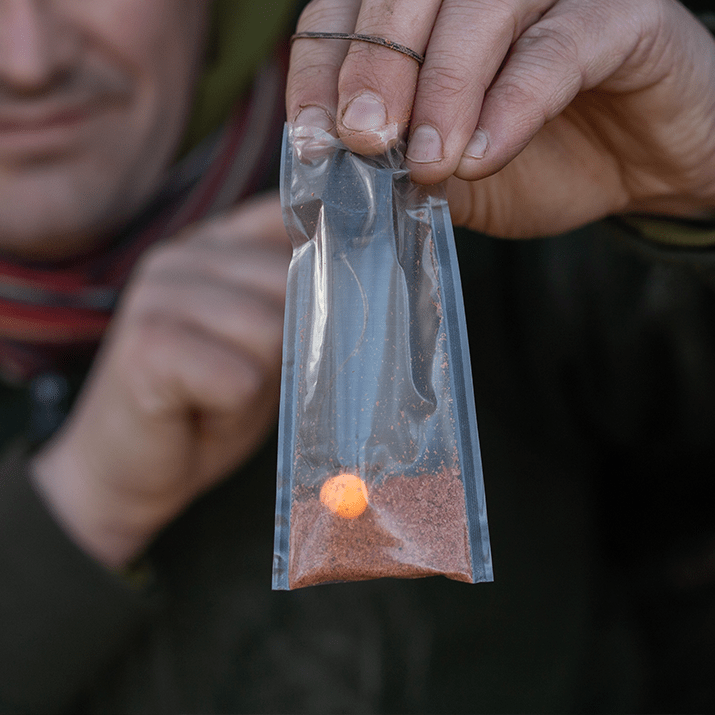
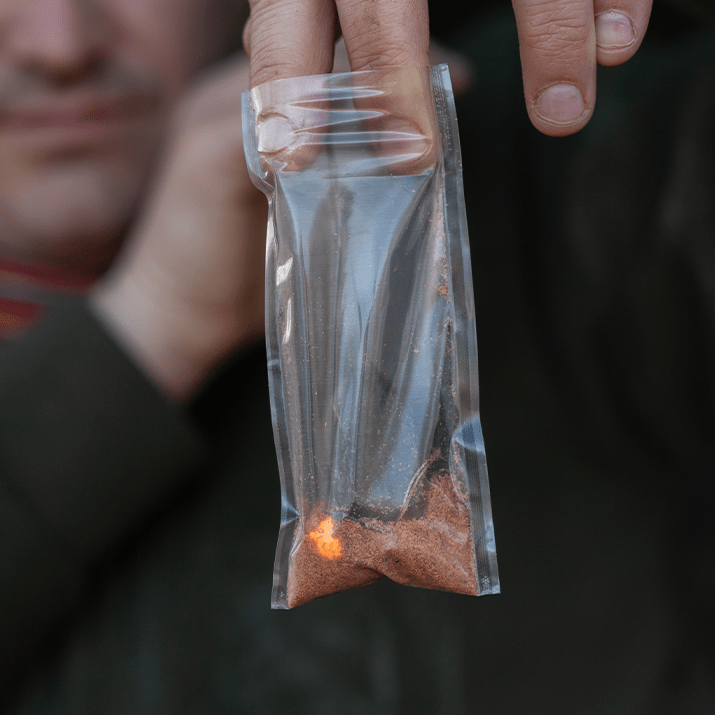
STEP 1
Start by adding some Krill Powder to the bottom of the PVA Bag.
STEP 2
Next, drop in your rig of choice.
STEP 3
Once you’ve dropped in the hookbait, work the rig amongst the Krill Powder to protect the hook.



STEP 4
Drop your lead on top of the Krill Powder, ensuring it’s in the centre of the bag.
STEP 5
Fill the bag half way with 2.3mm Bloodworm Pellets.
STEP 6
Next, take around a teaspoon of Betaine Powder and add it into the bag.

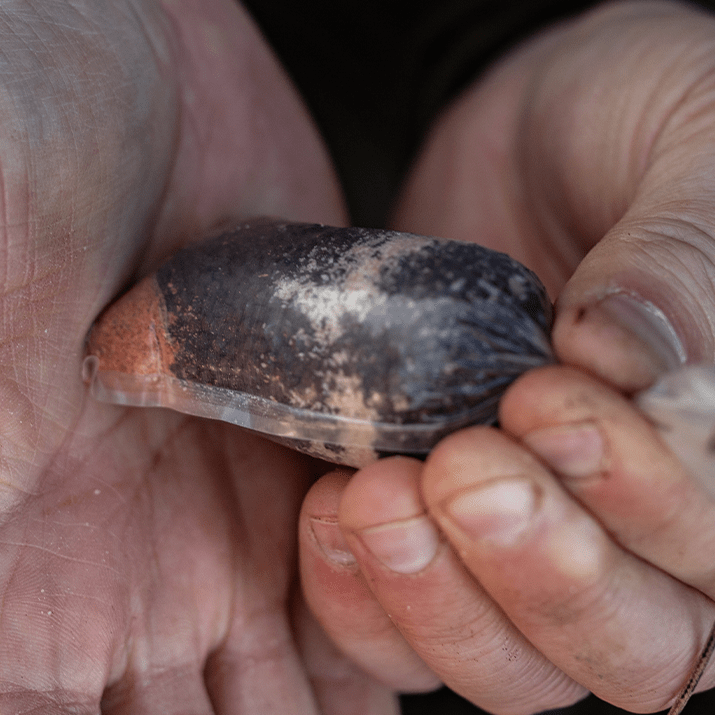
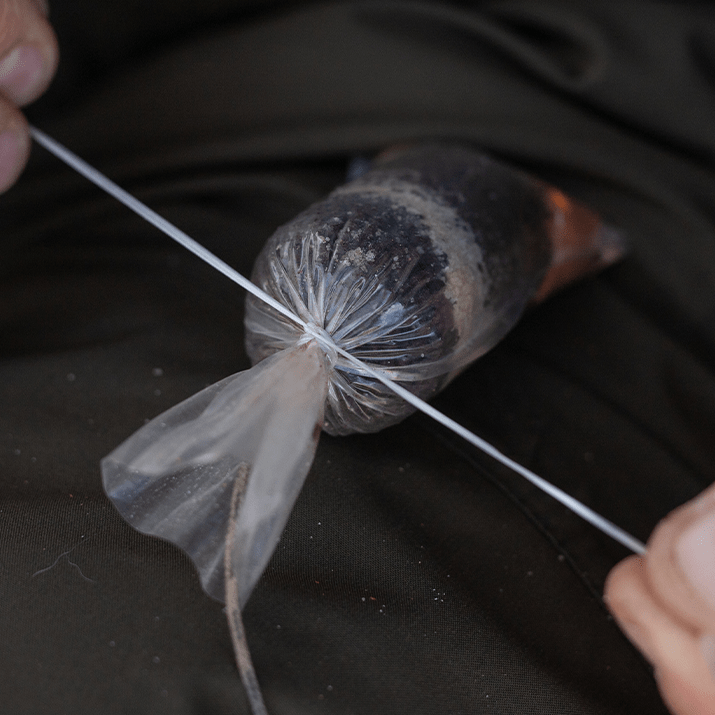
STEP 7
Top the bag up with more Bloodworm Pellets, ensuring to leave enough PVA to tie the bag at the top.
STEP 8
Pinch the top of the bag and twist, tapping the bag as you do with the palm of your hand to pack all the contents down.
STEP 9
Once compacted, tie the bag by creating a few granny knots using PVA tape.
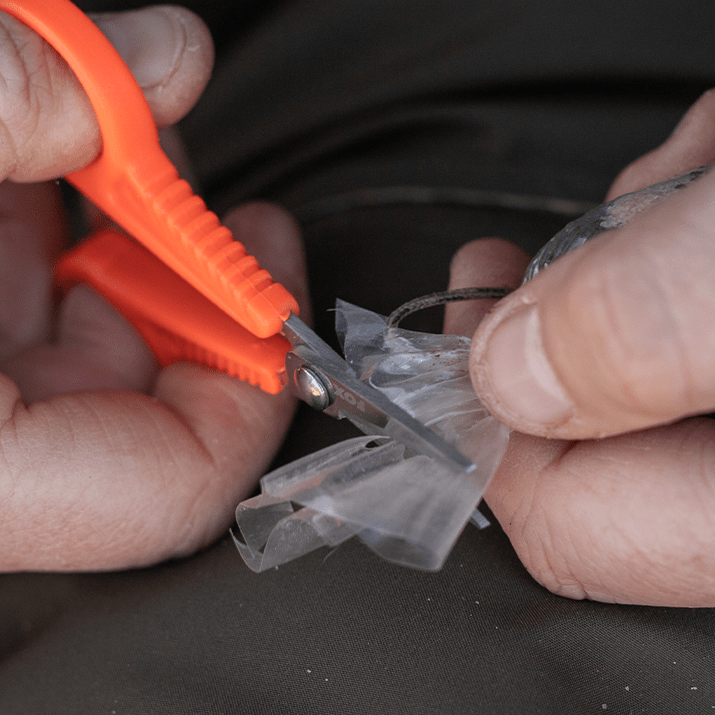
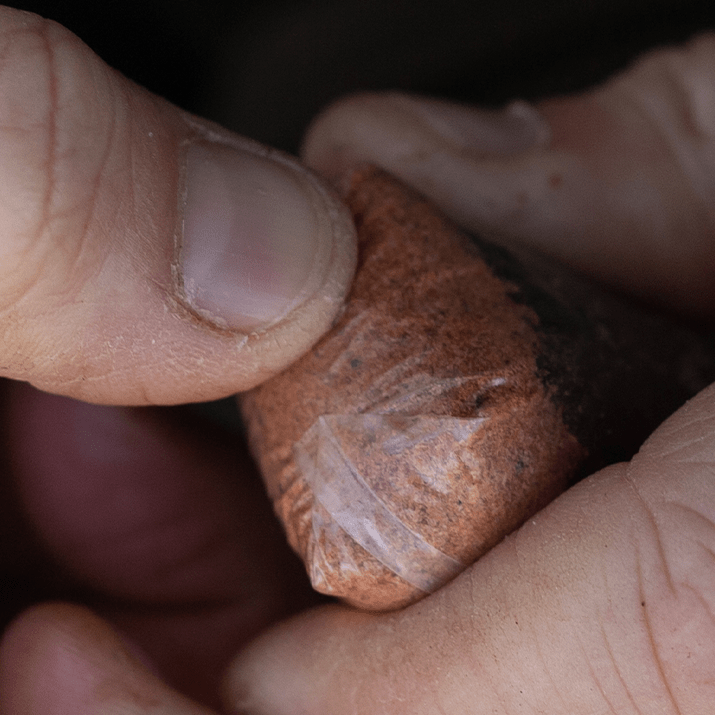
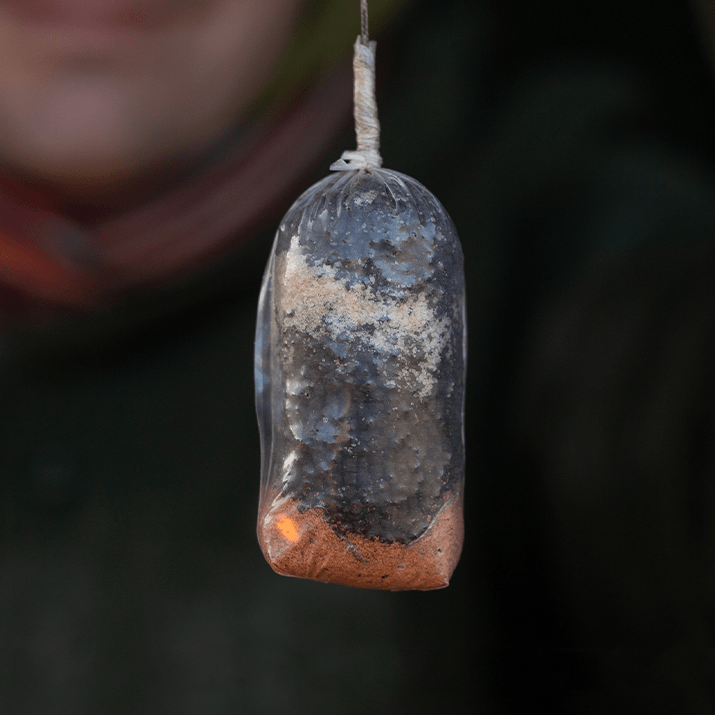
STEP 10
Pulling the leader to one side, trim the excess PVA off the top of the bag.
STEP 11
Lick and stick the two corners at the bottom of the bag as well as at the top.
STEP 12
The finished bag, ready for deployment!

STEP 1
Start by adding some Krill Powder to the bottom of the PVA Bag.

STEP 2
Next, drop in your rig of choice.

STEP 3
Once you’ve dropped in the hookbait, work the rig amongst the Krill Powder to protect the hook.

STEP 4
Drop your lead on top of the Krill Powder, ensuring it’s in the centre of the bag.

STEP 5
Fill the bag half way with 2.3mm Bloodworm Pellets.

STEP 6
Next, take around a teaspoon of Betaine Powder and add it into the bag.

STEP 7
Top the bag up with more Bloodworm Pellets, ensuring to leave enough PVA to tie the bag at the top.

STEP 8
Pinch the top of the bag and twist, tapping the bag as you do with the palm of your hand to pack all the contents down.

STEP 9
Once compacted, tie the bag by creating a few granny knots using PVA tape.

STEP 10
Pulling the leader to one side, trim the excess PVA off the top of the bag.

STEP 11
Lick and stick the two corners at the bottom of the bag as well as at the top.

STEP 12
The finished bag, ready for deployment!
JIM'S TOP TIPS
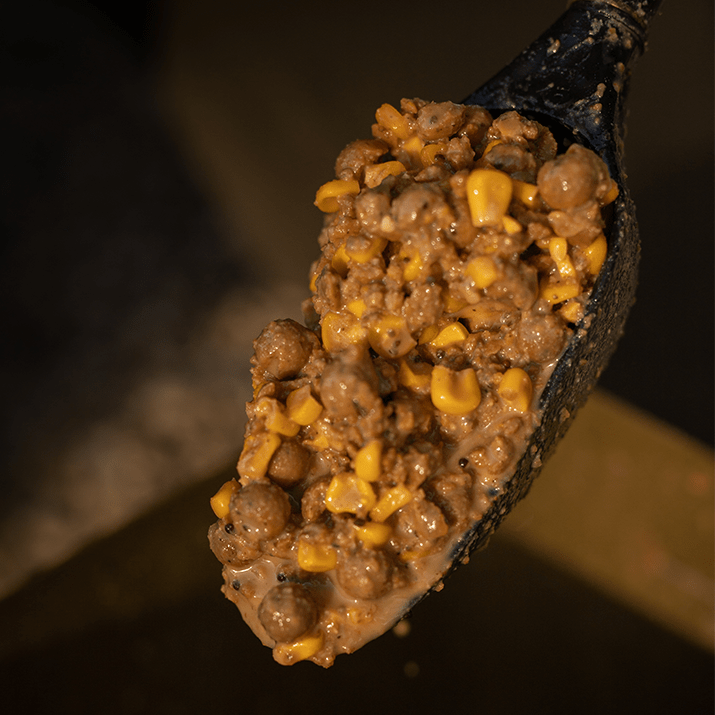
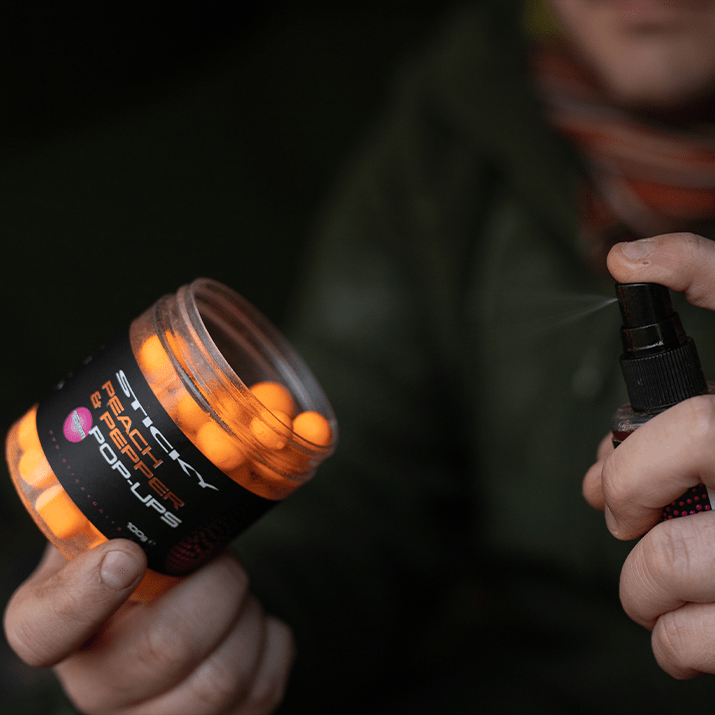
TIP 1
A simple mix from the Manilla range is always on standby if I feel the need to add some bait on the spot.
TIP 2
The Peach & Peppers are my go-to hookbaits in solid bags as they add that extra boost of attraction.

TIP 1
A simple mix from the Manilla range is always on standby if I feel the need to add some bait on the spot.

TIP 2
The Peach & Peppers are my go-to hookbaits in solid bags as they add that extra boost of visual attraction.

Although PVA bag rigs have been covered a thousand times over, the main thing to take on board is to keep it simple. Construct a short rig with a supple braid which is easy to tie, used in conjunction with an inline lead system and you really can’t go wrong. Using a short leader for the whole set up will really help your efficiency on the bank too, as you can simply loop the leaders on and off your mainline by creating a loop in your leader and tying a figure of eight loop knot in your fishing line.

When you’re fishing waters which you can quite easily accumulate multiple hits at once, this method allows you to tie a few bags in readiness. If you mis-cast one of the rods, you don’t have to worry about trying to dry the rig etc then re-tying another bag before you get it back out again. The same applies for when you land a fish. Unhook the carp, loop the old bag off and re-loop a fresh one onto the line ready to cast out straight away. The minutes you save could be the difference between getting another bite or not.
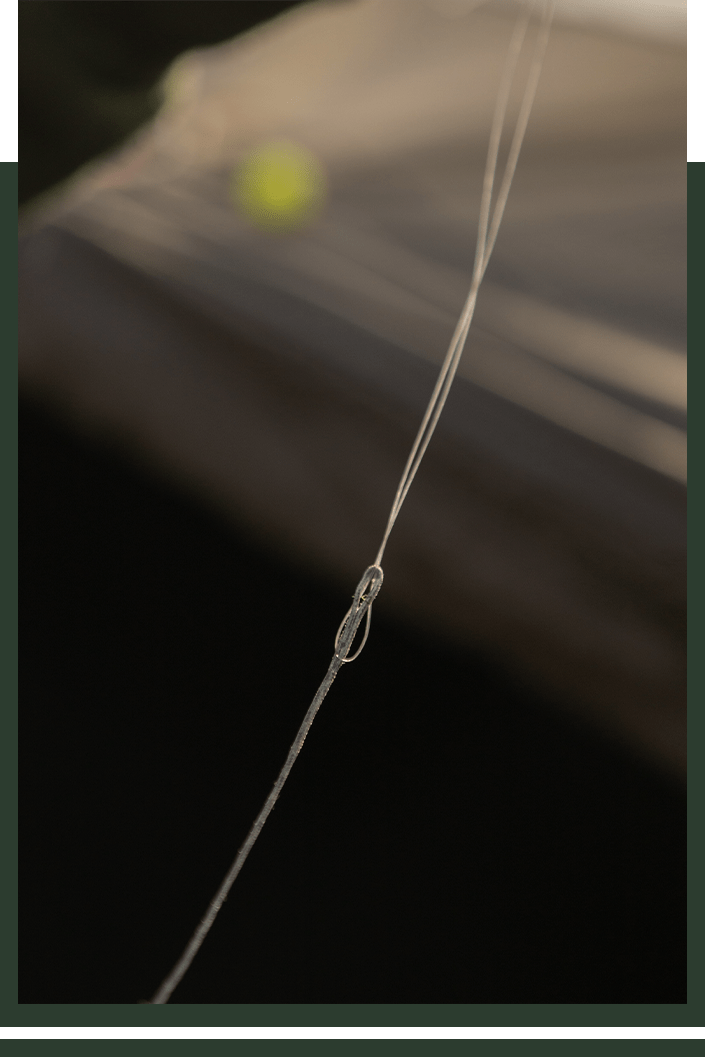
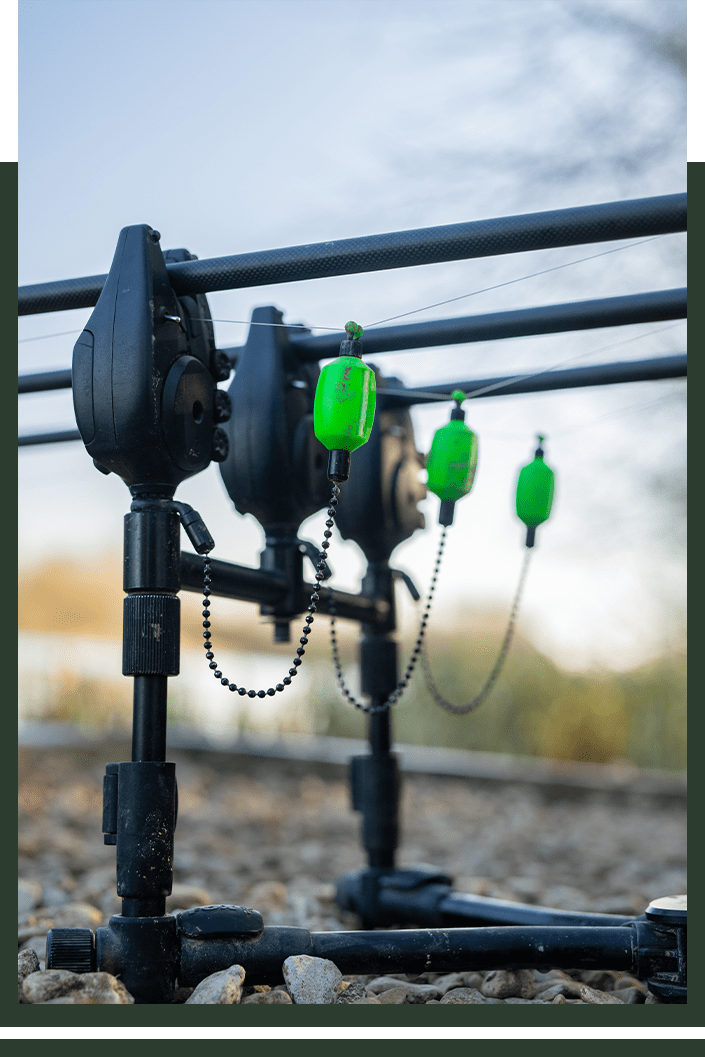
This winter I’ve found myself reverting to solid bag tactics and having some good hits of fish from the Linear Complex in the last month. Whether I was fishing on Hardwick-Smiths at short range, or one of the Brasenose lakes where I could be casting over one-hundred yards, I knew that my bags would be able to hit the distances required to ensure I was fishing where I needed to be. If you stick with a rig which you have confidence in, then tailor your bag mix to suit the time of the year, you’ll find yourself reaching for the solid bags more often than not as your go-to tactic.





